Apert Syndrome
Apert Syndrome is a developmental condition primarily involving the head and face, hands and feet. The following information is provided as a general guide only and parents are reminded that as each child is an individual, features and treatment programmes listed are not necessarily specific to any one child.
Phase 1, Birth - 3 months
A complete assessment of your child by all members of the Craniofacial Team is carried out. An X-Ray and CT(Head) scan is performed at about 6 weeks of age.
From this assessment a management plan is made and presented at the Craniofacial Clinic.
Assessment is the critical issue in this phase.
- The Respiratory Specialist may intervene at this stage if there is a problem with the patient's breathing.
- The Speech Pathologist will, at this early stage, provide practical advice if there are feeding problems.
- Ophthalmology (Eyes) and Neurosurgical assessment determines whether there is any increase in the pressure within the skull as this may indicate a need to release the skull suture earlier than usual.
- Eye care (usually ointments or eye lubricants) is also essential at this stage to protect the eye from drying out.
- The Social Worker can provide information regarding family accommodation, financial entitlements and assistance with understanding Apert Syndrome and its what this means for your child and your family as well as support before, during and after any operation.
Phase 2, 3 - 6 months
The management plan formulated at the previous Craniofacial Clinic is carried out.
This may involve -
- Release of the fused cranial suture - to allow the brain to shape the skull as it grows
- Forward movement of the upper part (forehead and eyes) of the face
This usually involves a hospital stay of 1-2 weeks and constant review over a total of 3-4 weeks.
Phase 3, 1 year
A full assessment is again performed to monitor all aspects of your child's progress and to reassess and/or revise the management plan. This plan is then presented at the Craniofacial Clinic.
Treatment at this phase is likely to involve -
Surgical release of fingers.
- This may involve one or two operations depending on the extent of the deformity.
- The ideal result is a four fingered hand. This usually requires two operations.
- Improvement in function is the main aim of these operations although appearance will also be improved.
- The operations also involve skin grafting (requiring care of the graft site) and splinting to maintain the separated fingers.
Phase 4, 1 - 10 years
During this time yearly reviews are undertaken with presentations at Craniofacial Clinics when further treatment is a possible outcome or if some other need arises.
During this phase regular review is likely to involve -
- Maintenance of eye care and monitoring of vision and the optic nerve.
- Regular dental and orthodontic checks to maintain and support good oral hygiene.
- Plaster moulds of the patient's teeth may be made to provide a record of alignment.
- Continuing speech therapy to assist with feeding and speech development.
- Access to occupational therapy to assist with practical suggestions associated with activities of daily living e.g. feeding, dressing, bathing, writing etc.
- Consultation with a psychiatrist, psychologist or social worker to assist the patient and their family with any emotional or developmental difficulties arising from this syndrome.
- Review by ENT Surgeons to assess any problems with enlarged tonsils or adenoids, to inserts small tubes (grommets) in the ear if middle ear infections recur and to generally assess hearing.
Operations during this phase of growth -
- Forward movement of the mid-face(Le-Fort I, II or III)
- to provide correct alignment of jaws
- to alleviate problems with the eyes, airway, speech and eating
- to improve appearance
The bones are fixed in place with wire and screws and plates. The jaw may also be wired to enhance stability with teeth locked into a plastic splint for about 6 weeks. The external wires are then removed but the internal wires etc. are left in place unless there is a problem.
Bone grafts may be taken from the hip or ribs.
Orthodontic treatment -
The aim of treatment is to improve the occlusion of the upper and lower jaw. Treatment will depend to some degree on the level of co-operation of the patient as good dental hygiene is essential. The ability of the patient to be subjected to reworking of the bands and wires at regular intervals will also affect the decision to undergo orthodontic treatment.
Phase 5, Teenage Years
This is primarily a review phase with one complete assessment and Craniofacial Clinic attendance.
Orthodontic treatment (if commenced) is reviewed and continued as necessary.
Phase 6, Late Teenage Years
Again a complete assessment and review is presented at the Craniofacial Clinic.
Some touch-up soft tissue surgery may be performed.








